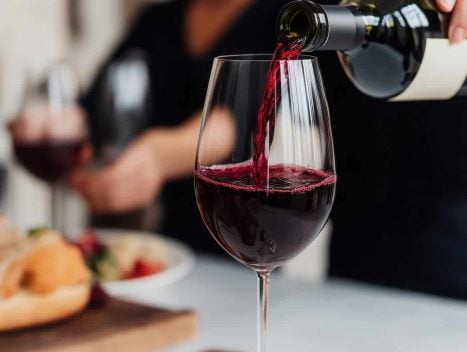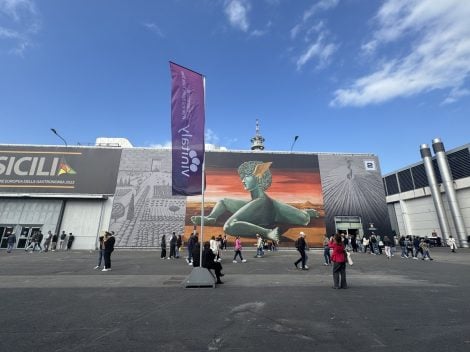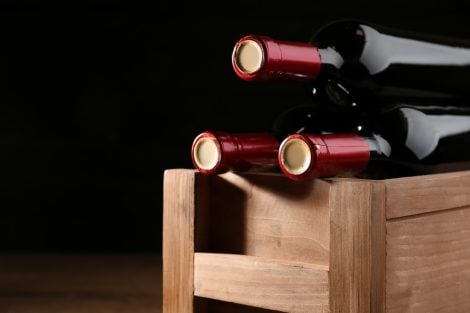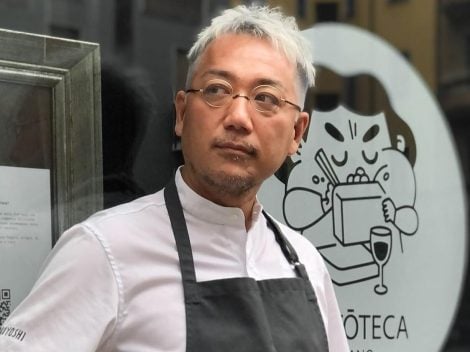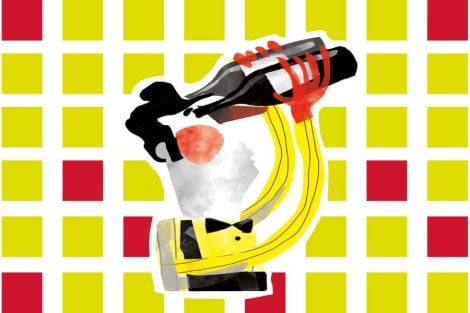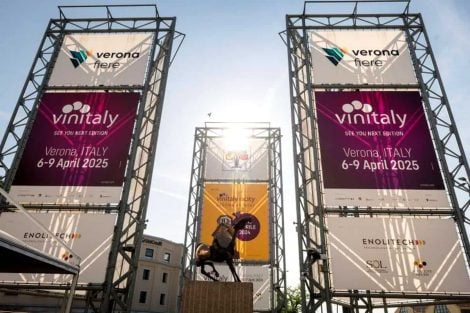The best wines in Liguria
Liguria, a coastal territory about 350 km long, may appear uniform. In reality it's anything but. To the west it's enclosed by the Maritime Alps and by the Ligurian Apennines that open up near Levante. The mountains are crossed longitudinally by several valleys, and it's here, historically, that viticulture has taken on various forms, leading to different enological traditions and wines. This year the region managed to express this diversity as never before, with 8 award-winning wines serving as a beautiful representation of Liguria's individual grape varieties. As a district, Levante is compact, offering the highest quality: here Vermentino is the undisputed prince grape, and this year we particularly appreciated it thanks to 4 major producers.
Lunae Bosoni presented an excellent version of their Nera, a white characterized by fascinating exotic scents; the Federici brothers' Baia del Sole manages to express all the grape's minerality through the Sarticola; Giacomelli, with their Pianacce, stood out for its exemplary Mediterranean touch; finally Zangani's Vermentino Superiore Boceda proves to be a wine of notable structure, but still elegant and harmonious. The diversity that characterizes the region's west saw several different typologies awarded. The Luvaira, a Dolceacqua by Giovanna Maccario, is a true champion of complexity, but also deliciously drinkable, while Massimo Alessandri's Rossese proves to be a harmonious, elegant drink, taking home its first Tre Bicchieri. Among the whites, the personality of Pigato emerges with 2 great bottles: Bruna's multi-award winning U Baccan and another first timer, the Pigato di Albenga Saleasco by historic producer Marcello Calleri. Riviera Ligure and Dolceacqua to the west, Colli di Luni to the east. Pigato, Vermentino and Rossese. This is the region's patrimony, though we mustn't forget its smaller, but still important, appellations. One of these is Cinque Terre, an area of undisputed beauty that still manages (fortunately) to spawn unique wines such as the Sciacchetrà: a Passito cultivated on its famous terraced vineyards, immersed in a landscape of absolute beauty.
- Colli di Luni Vermentino Lunae Et. Nera ’19 – Cantine Lunae Bosoni
- Colli di Luni Vermentino Pianacce ’19 – Giacomelli
- Colli di Luni Vermentino Sarticola ’19 – La Baia del Sole Federici
- Colli di Luni Vermentino Sup. Boceda ’19 – Zangani
- Riviera Ligure di Ponente Pigato di Albenga Saleasco ’19 – Cantine Calleri
- Riviera Ligure di Ponente Pigato U Baccan ’18 – Bruna
- Riviera Ligure di Ponente Rossese Costa de Vigne ’18 – Massimo Alessandri
- Rossese di Dolceacqua Sup. Luvaira ’18 – Maccario Dringenberg
The best wines of Valle d’Aosta
It's true that Valle d'Aosta, in proportion to the hectares under vine (about 400), is the region that obtains the most Tre Bicchieri. Of course we have great respect and also a pinch of admiration for the growers who, every year, cultivate their vineyards with the attention and care one might bring to a garden, even if these are often difficult to reach on foot and even more exhausting to work. Nevertheless, our awards have nothing to do with this more sentimental form of appreciation. Our awards are for the great wines, and only the great wines, that a region is capable of producing. If we think that for a long time the vineyards were planted close to farmhouses for mere convenience, without any kind of study of soil or microclimate, or of how the different grape varieties might interact, then we can understand how Valle d'Aosta's qualitative potential is still largely unknown.
Valle d’Aosta wines: it’s time for whites
Unfortunately, it's difficult to ask vigneron and co-ops to take on this burden, even just a little. In recent years we've detected a passion and enthusiasm (more with private growers than public wineries or cooperatives) that's led to a desire to seek out new directions. Nevertheless, Valle d'Aosta's quality is largely uniform and evenly distributed—indeed, like last year, the region earned 6 Tre Bicchieri. The big difference compared to the past is that, despite last year's praise for the region's rich ampelography, in this edition only whites were awarded, including a passito. This is certainly not a rejection of its grape varieties and reds, which still performed well and will return to shine in the future. Rather, it's a confirmation of our suspicions. We have long argued that the morphological and climatic peculiarities of 'The Valley', with its considerable day-night temperature swings, facilitate the production of fresh and fragrant whites, currently more sought after by consumers.
Rosset Terroir's Petite Arvine Sopraquota 900 '19 shows aromatic finesse and gustatory tension, serving as a clear example of just how well suited Valle d'Aosta's vineyards are for the production of world-class whites. Elio Ottin also demonstrated his familiarity with the grape of Swiss origin. Tre Bicchieri for Anselmet and Les Crêtes (Chardonnay) and Lo Triolet (Pinot Gris), true Italian icons. Finally, we close by mentioning La Vrille, who belong to a small group of elite Italian growers, as demonstrated this year by their Muscat Flétri.
- Sopraquota 900 ’19 – Rosset Terroir
- Valle d’Aosta Chambave Muscat Flétri ’18 – La Vrille
- Valle d’Aosta Chardonnay Cuvée Bois ’18 – Les Crêtes
- Valle d’Aosta Chardonnay Mains et Coeur ’18 – Maison Anselmet
- Valle d’Aosta Petite Arvine ’19 – Elio Ottin
- Valle d’Aosta Pinot Gris ’19 – Lo Triolet

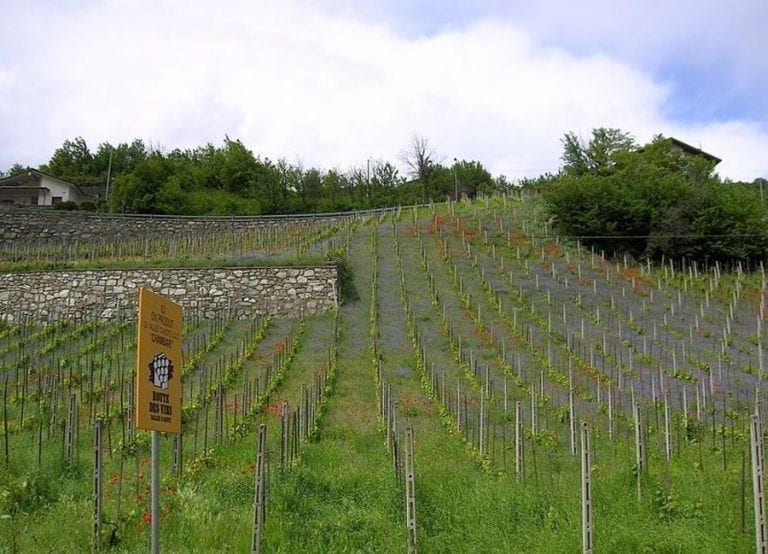
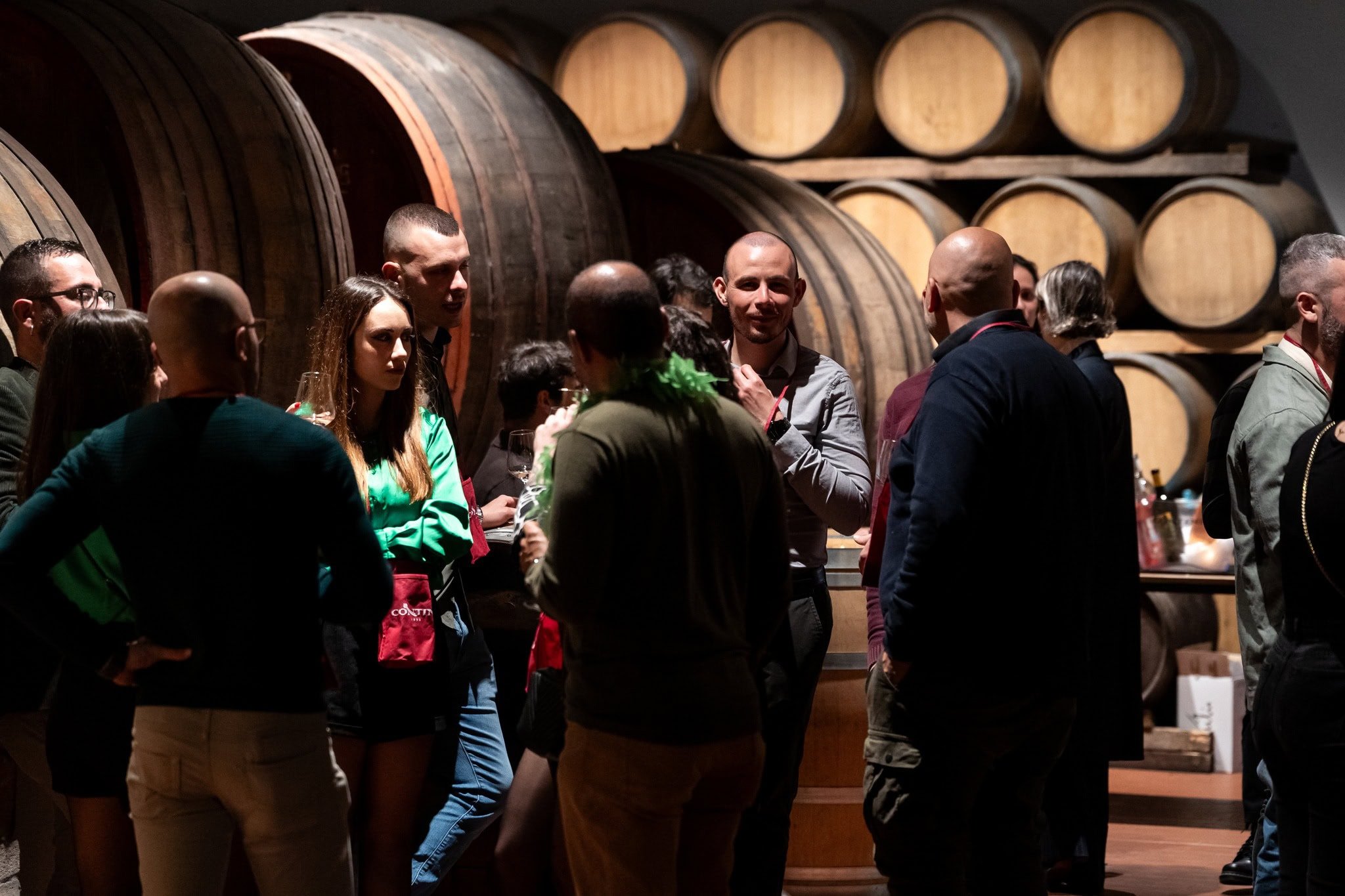 Here are ten Rare Wines you absolutely must try
Here are ten Rare Wines you absolutely must try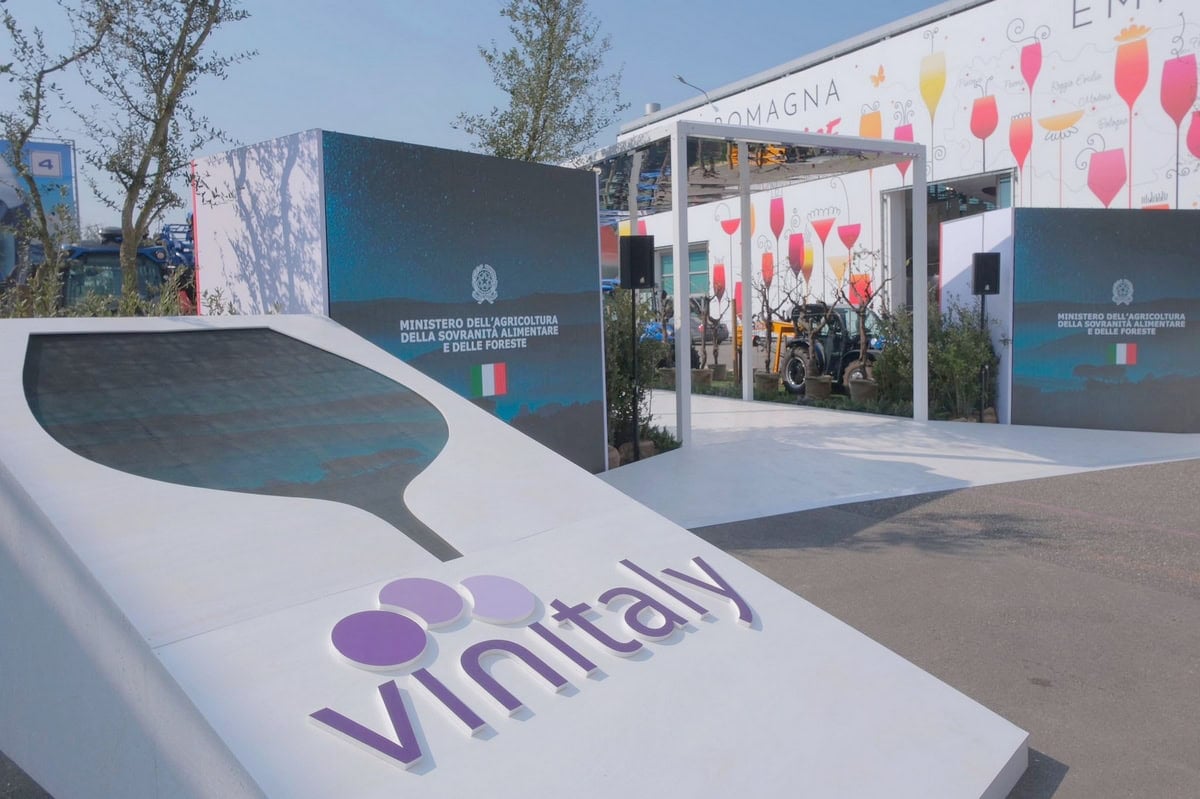 The “Tariff Vinitaly” closes with 97,000 attendees: one third from abroad. See you on 12 April 2026
The “Tariff Vinitaly” closes with 97,000 attendees: one third from abroad. See you on 12 April 2026 Trump “freezes” tariffs for 90 days. UIV: “Now work towards zero tariffs on wine too”
Trump “freezes” tariffs for 90 days. UIV: “Now work towards zero tariffs on wine too” Dealcoholised wines, everyone halt: production in Italy is blocked until 2026
Dealcoholised wines, everyone halt: production in Italy is blocked until 2026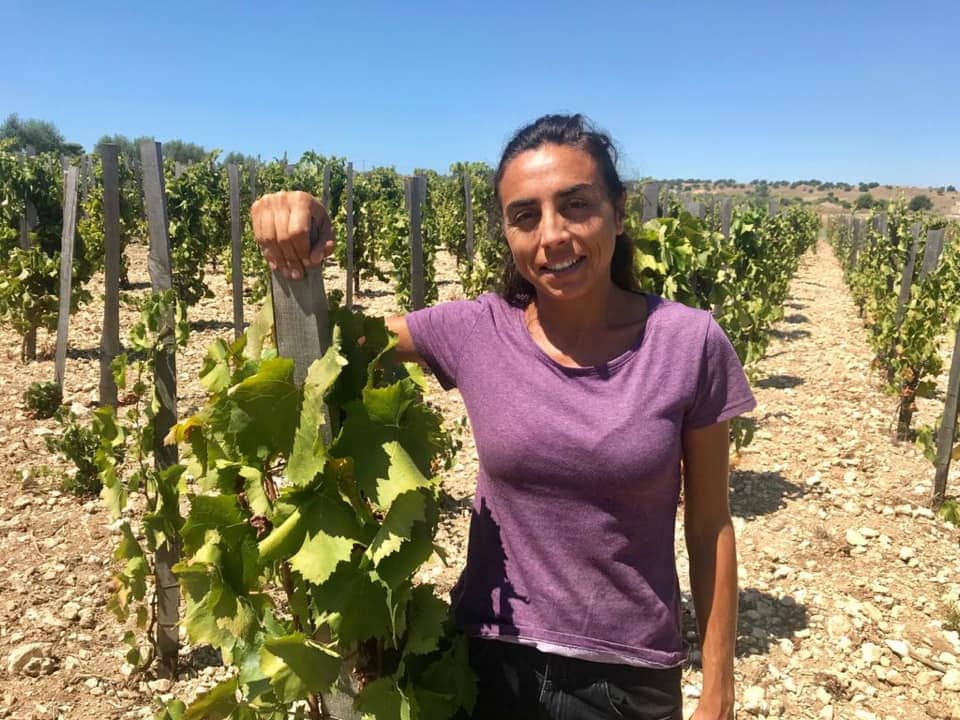 Arianna Occhipinti surprises everyone and returns to Verona: "There are too many natural wine fairs, and they’re too scattered"
Arianna Occhipinti surprises everyone and returns to Verona: "There are too many natural wine fairs, and they’re too scattered"